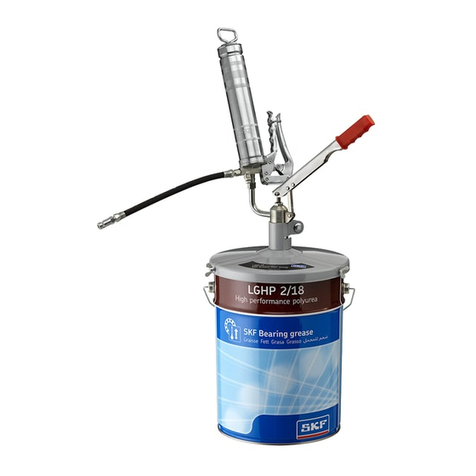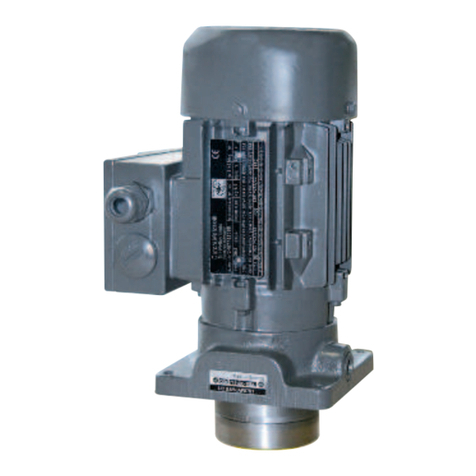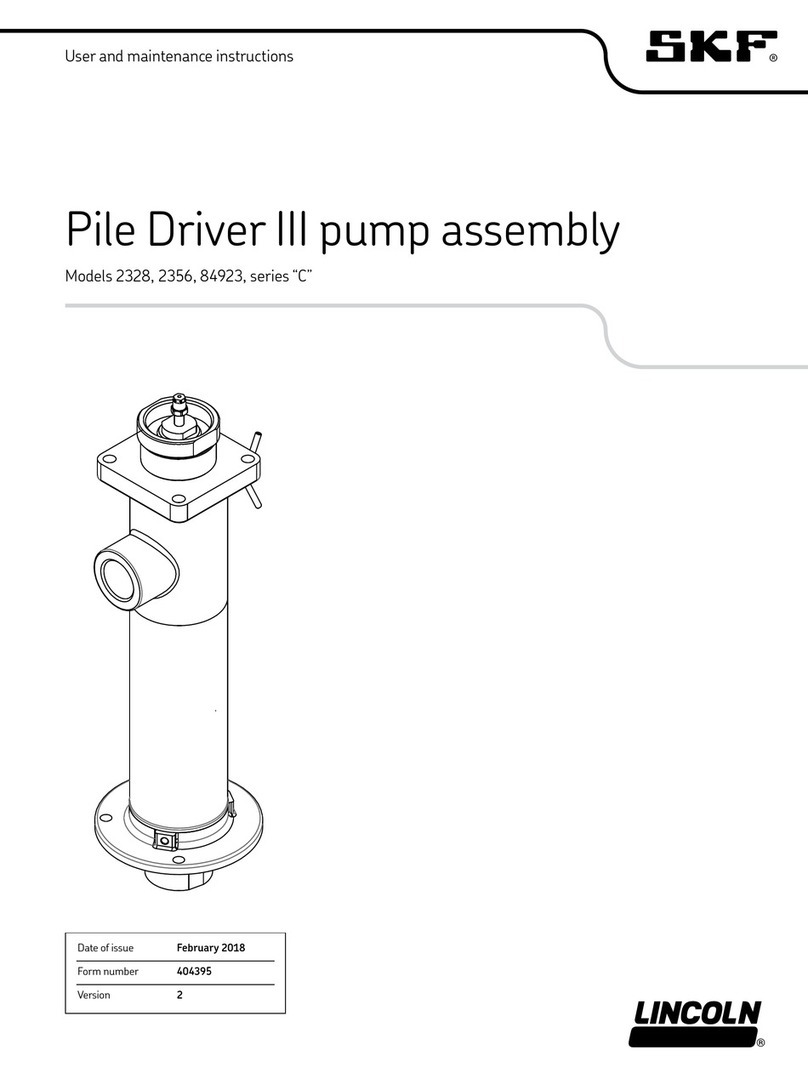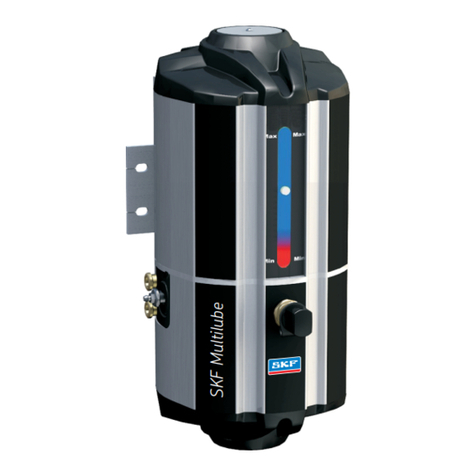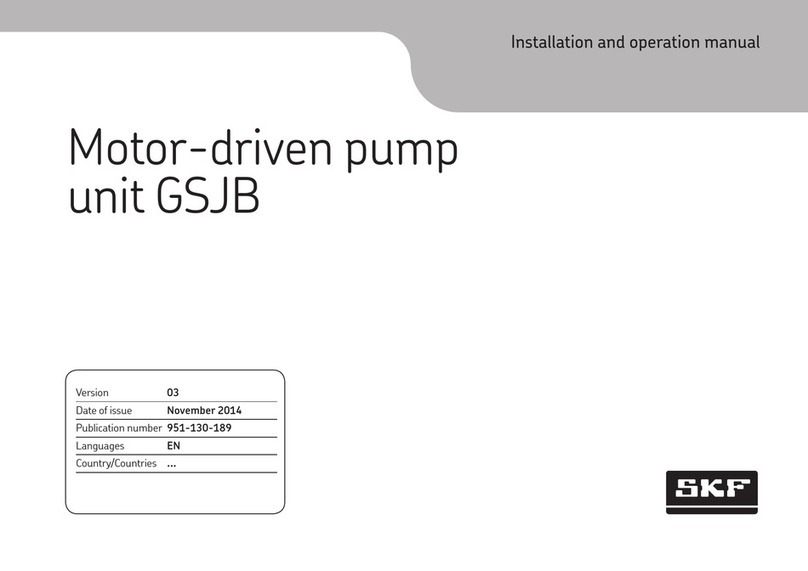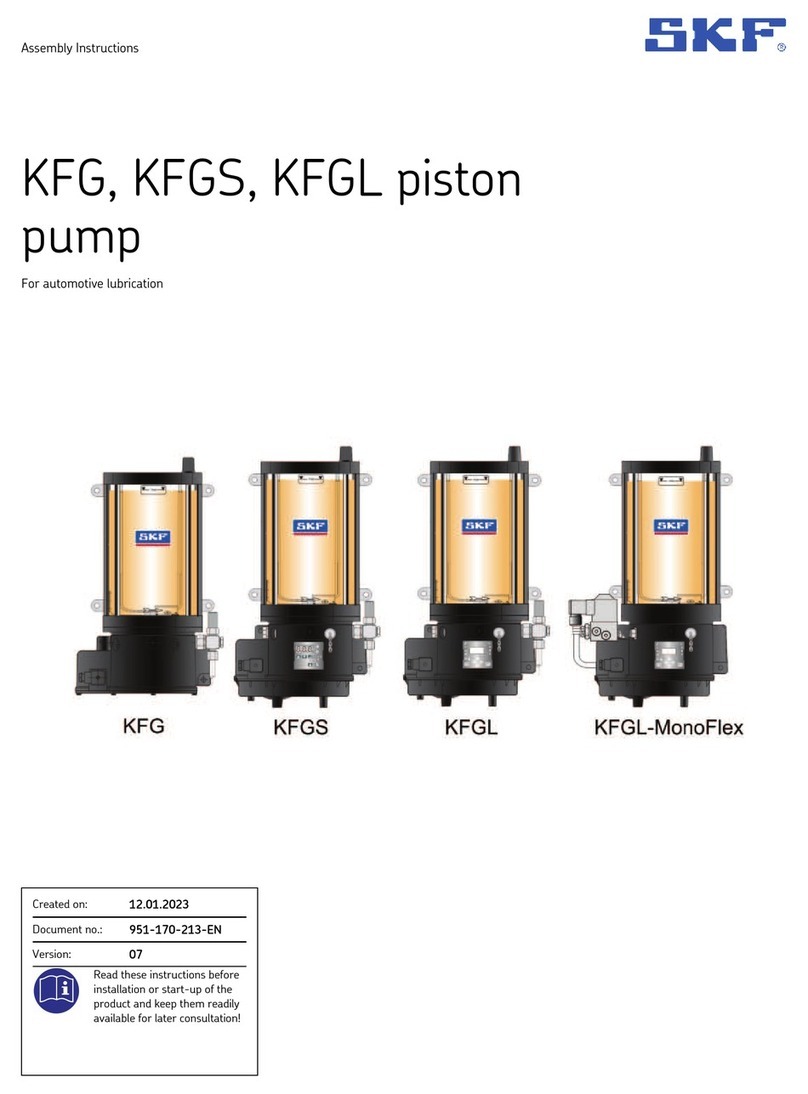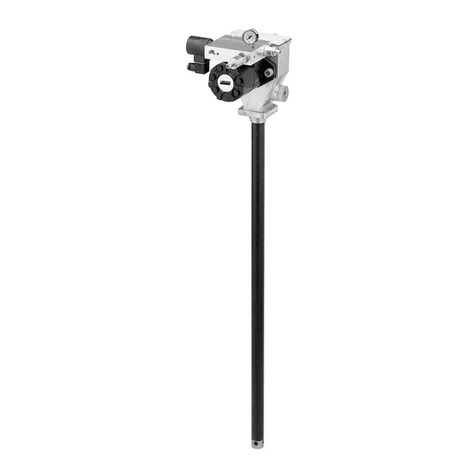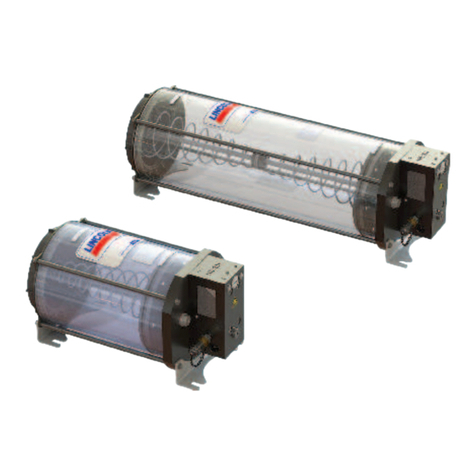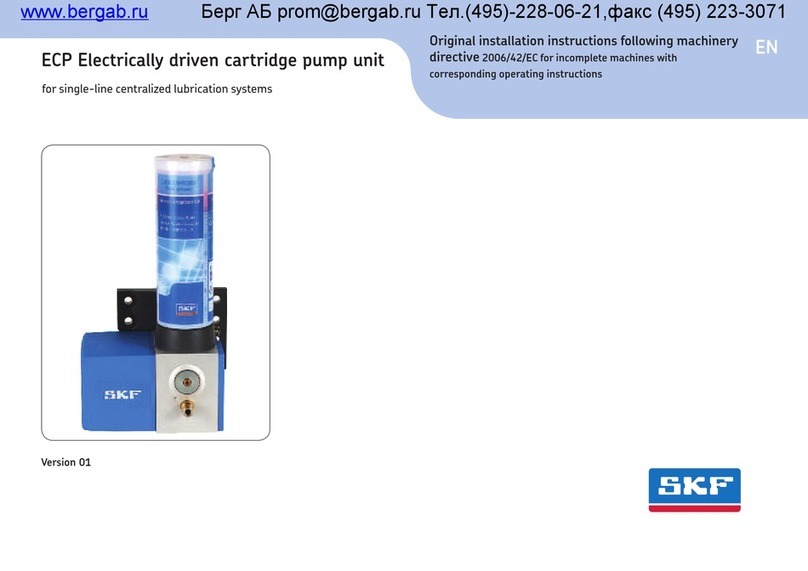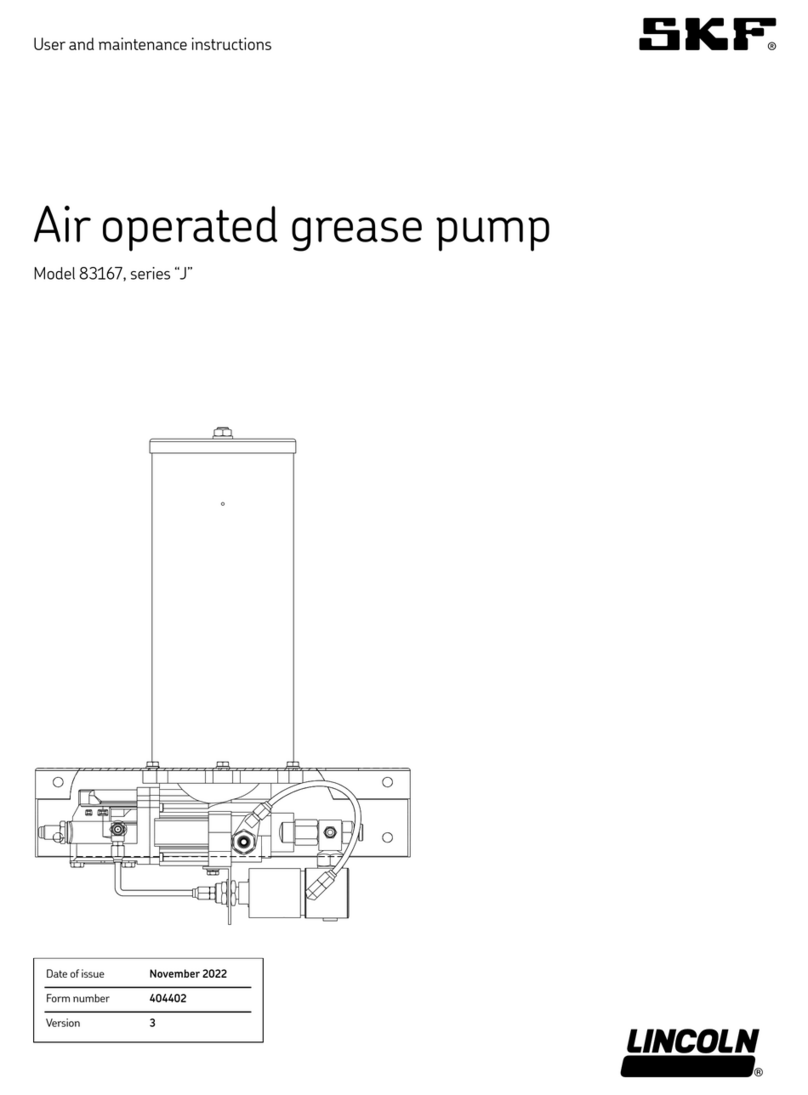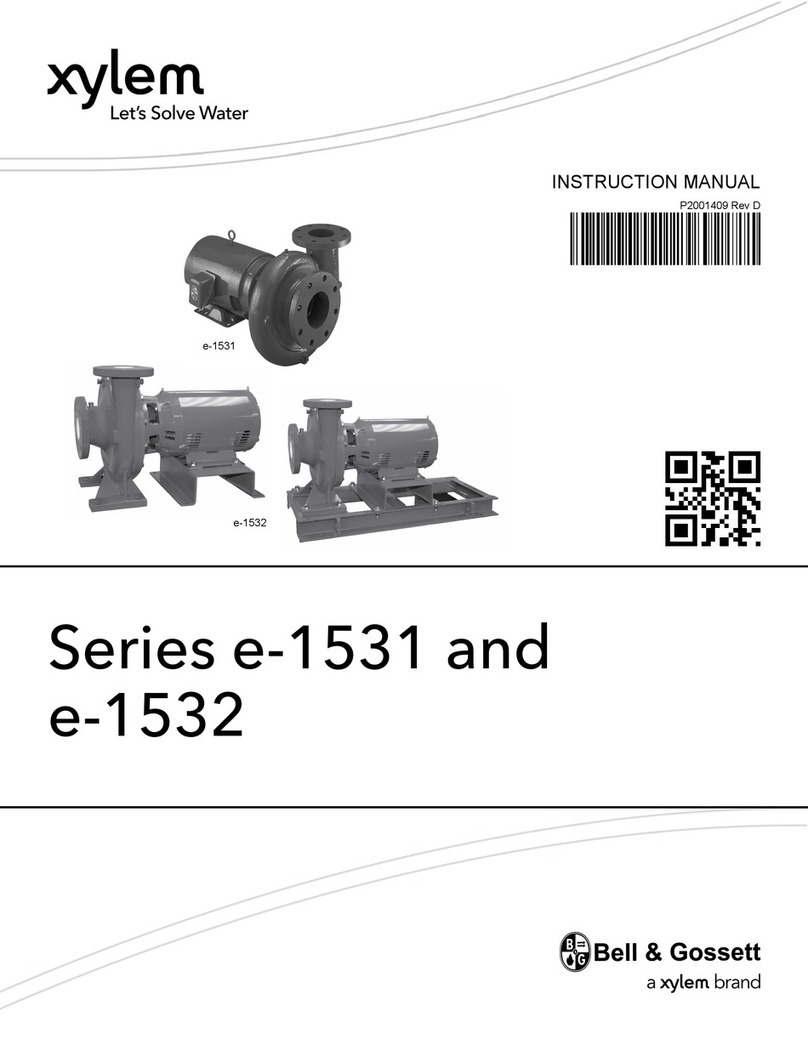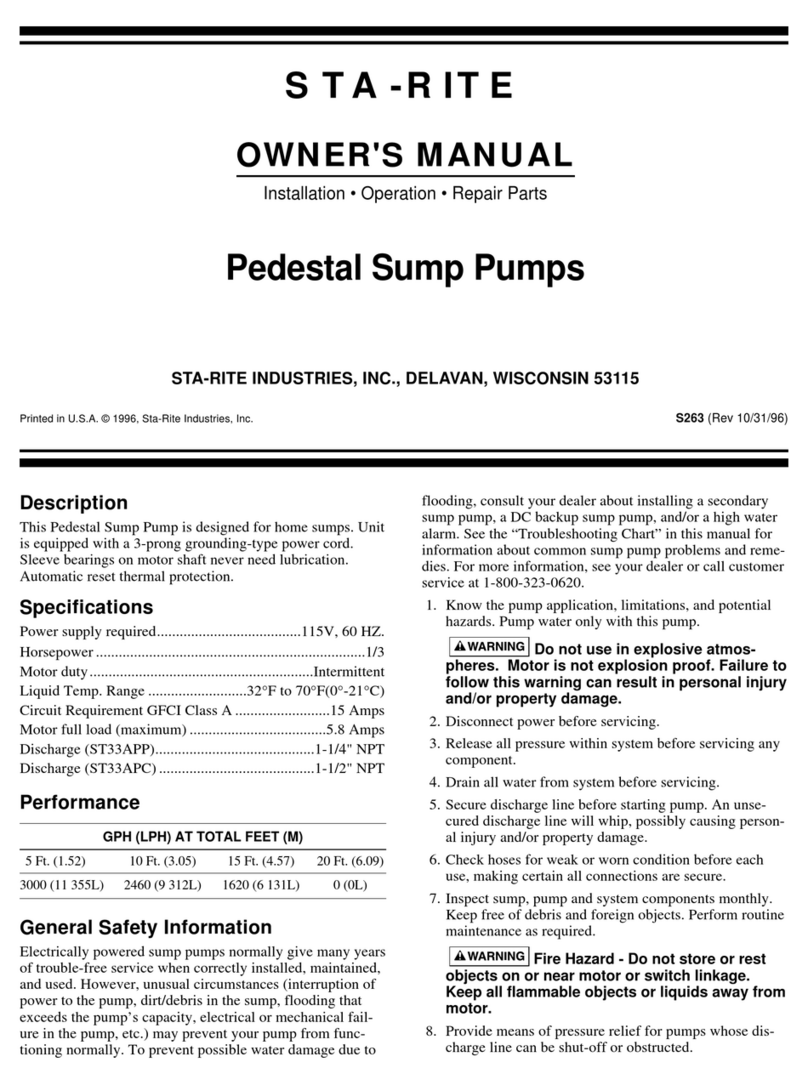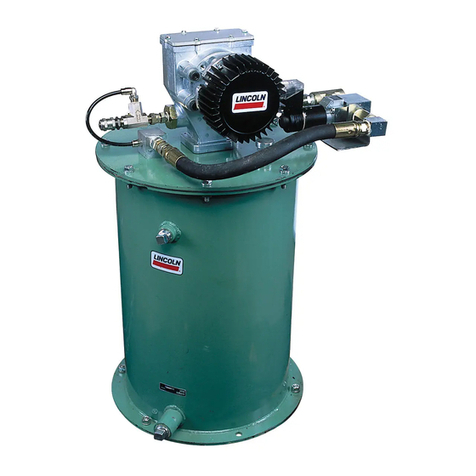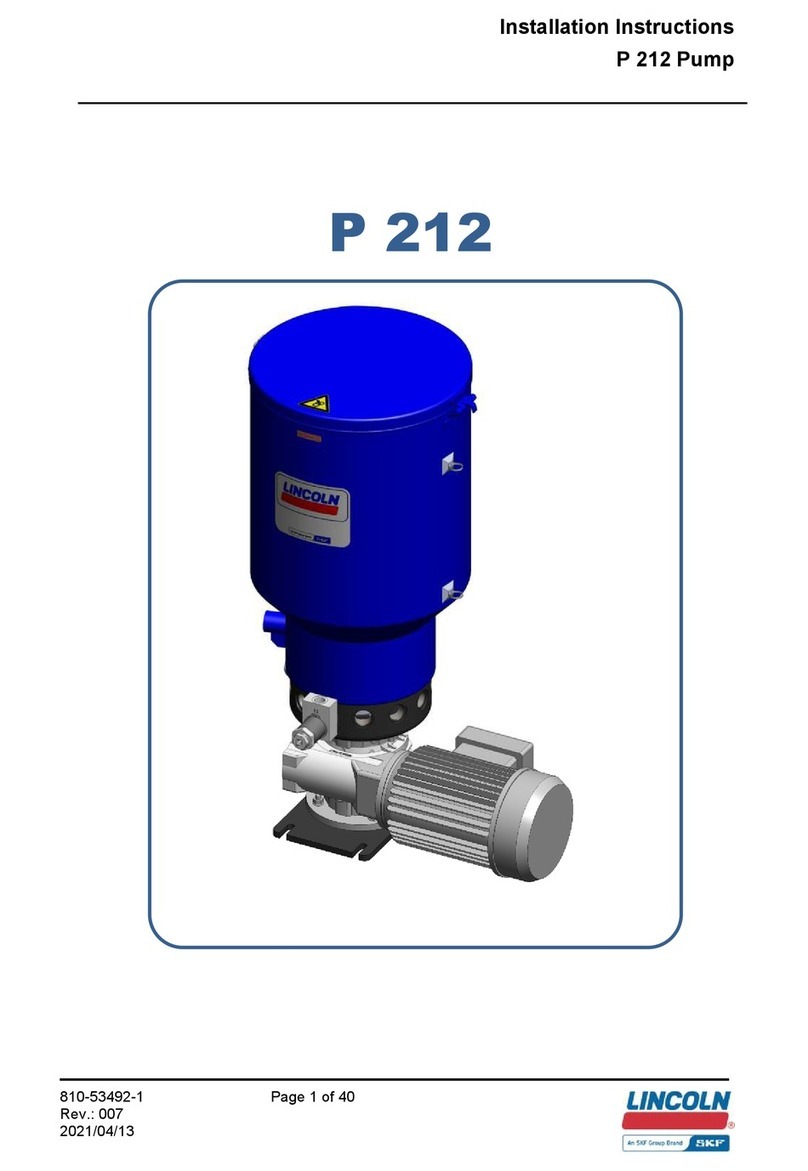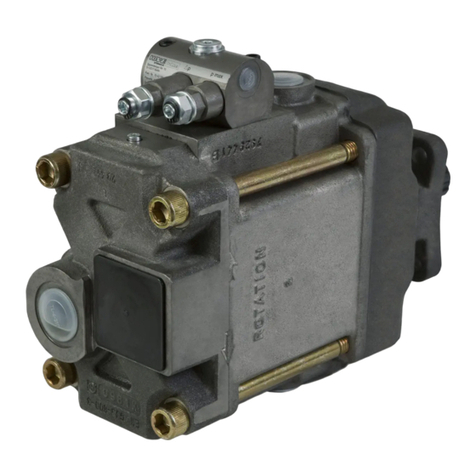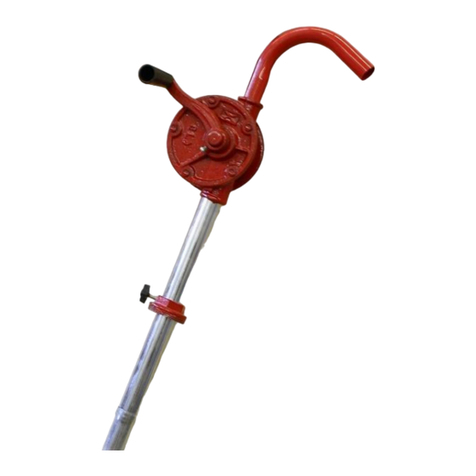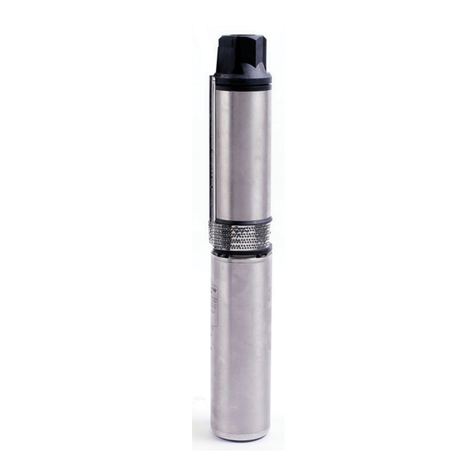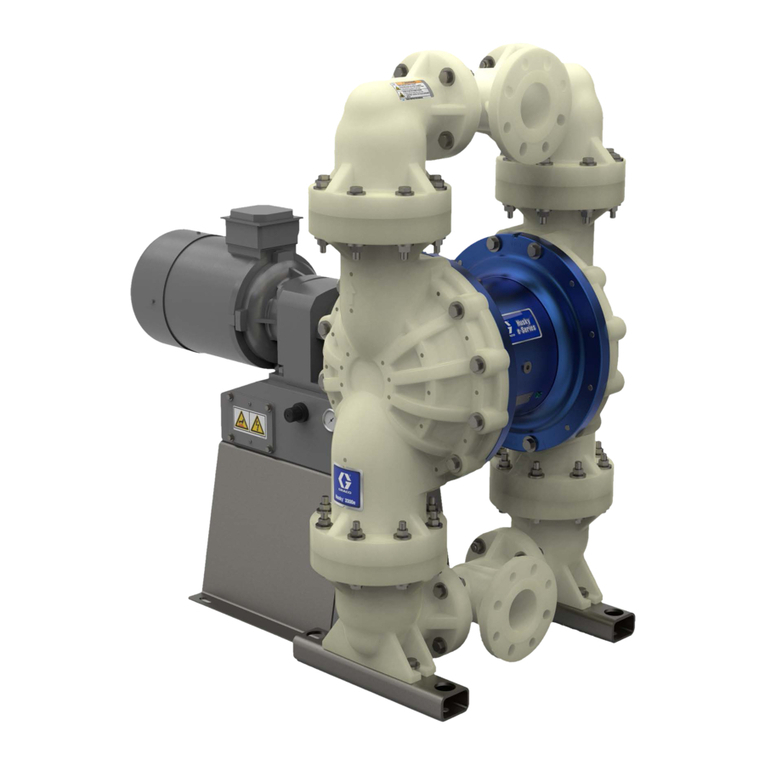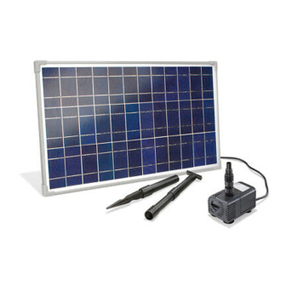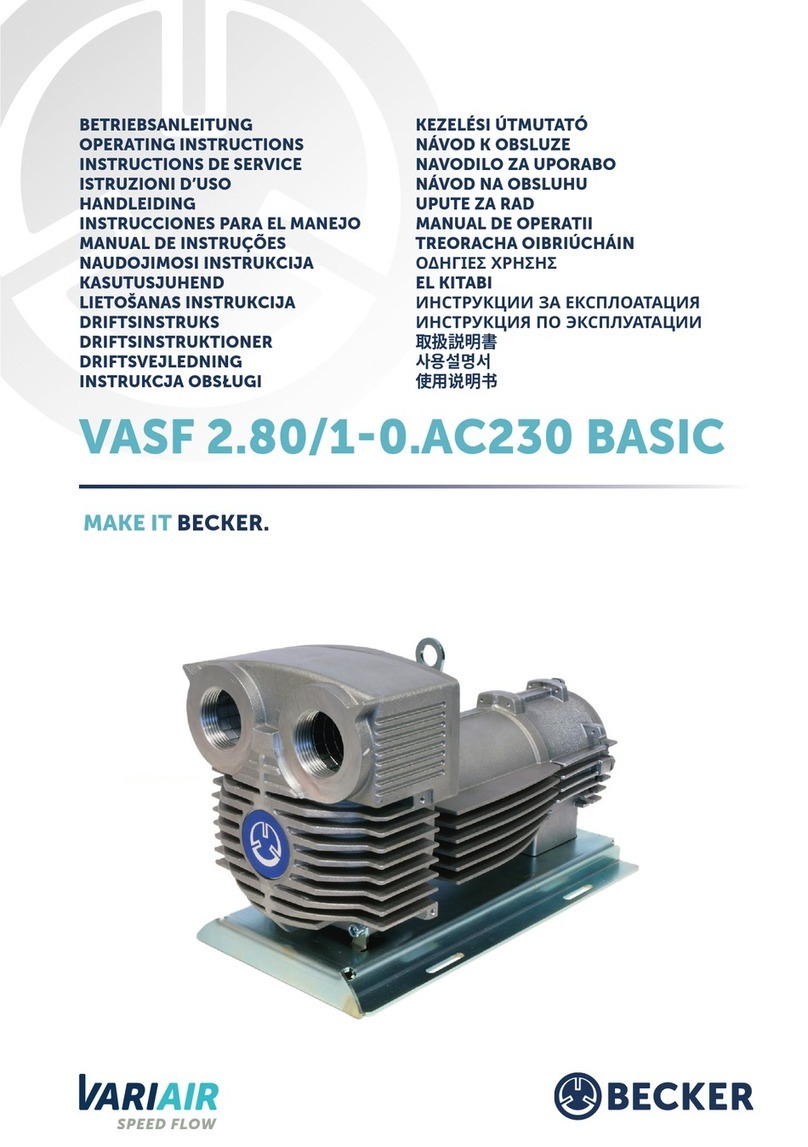
5
Table of contents
Masthead ...............................................................................................4
Table of contents..................................................................................5
Safety alerts, visual presentation, and layout.................................7
1. Safety instructions...........................................................................8
1.1 General safety instructions......................................................8
1.2 General electrical safety instructions.....................................8
1.3 General behaviour when handling the product ...................8
1.4 Intended use...............................................................................8
1.5 Persons authorized to use the product.................................8
1.6 Foreseeable misuse ..................................................................9
1.7 Referenced documents ............................................................9
1.8 Prohibition of certain activities ...............................................9
1.9 Painting plastic components and seals .................................9
1.10 Possible safety markings on the product ...........................9
1.11 Note on the type plate ........................................................10
1.12 Notes on CE marking .......................................................... 10
1.13 Note on Low Voltage Directive.......................................... 10
1.14 Note on Pressure Equipment Directive........................... 10
1.15 Note on ECE mark ...............................................................10
1.16 Note on UKCA marking....................................................... 10
1.17 Note on EAC marking..........................................................10
1.18 Note on China RoHS mark................................................. 10
1.19 Note on the wireless module............................................. 10
1.20 Emergency shutdown .........................................................10
1.21 Assembly, maintenance, fault, repair............................... 11
1.22 First start-up, daily start-up.............................................. 11
1.23 Residual risks........................................................................ 12
2. Lubricants ...................................................................................... 13
2.1 General information............................................................... 13
2.2 Material compatibility ............................................................ 13
2.3 Temperature properties........................................................13
2.4 Aging of lubricants .................................................................13
2.5 Avoidance of faults and hazards.......................................... 13
2.6 Solid lubricants ....................................................................... 13
2.7 Chisel pastes............................................................................13
3. Overview, functional description................................................ 14
3.1.1 Pumps without a follower plate .............................. 14
4. Technical data ............................................................................... 16
4.1 General technical data........................................................... 16
4.2 Nominal delivery rates ..........................................................17
4.2.1 Influencing factors on the delivery rate ................. 17
4.2.2 Delivery rate charts for typical NLGI 2 lubricants 18
4.3 Principle of operation of the intermittent low-level signal
.......................................................................................................... 19
4.4 Operational limits of the intermittent empty signal......... 20
4.5 Hydraulic connection diagrams ........................................... 21
4.6 Usable reservoir volume....................................................... 22
4.6.1 Usable reservoir volume for reservoirs without a
follower plate.........................................................................22
4.6.2 Usable reservoir volume for reservoirs with a
follower plate.........................................................................22
4.6.3 Usable reservoir volume for reservoirs with
double-lip follower plate ..................................................... 22
4.7 Lubricant volume when an empty pump is filled for the
first time.......................................................................................... 23
4.8 Tightening torques................................................................. 23
4.9 Type identification code.........................................................24
4.9.1 Basic parameters and reservoir design................. 24
4.9.2 Pump elements ..........................................................26
4.9.3 Voltage supply and electrical connections............. 27
4.9.4 Control and lubricant.................................................28
5. Delivery, returns, storage............................................................ 30
5.1 Delivery.....................................................................................30
5.2 Return shipment.....................................................................30
5.3 Storage.....................................................................................30
5.4 Storage temperature range .................................................30
5.5 Storage conditions for products filled with lubricant....... 30
5.5.1 Storage period up to 6 months............................... 30
5.5.2 Storage period between 6 and 18 months........... 30
5.5.3 Storage period more than 18 months...................30
5.6 Declaration of decontamination ..........................................30
6. Assembly ........................................................................................ 31
6.1 General safety instructions................................................... 31
6.2 Transporting the pumps .......................................................31
6.3 Mechanical connection ..........................................................32
6.3.1 Minimum mounting dimensions .............................32
6.3.2 Assembly holes........................................................... 34
6.3.3 Assembly holes for 15 l, 20 l, and 25 l reservoirs34
6.4 Electrical connection.............................................................. 36
6.5 Setting the delivery rate on pump element R or KR ....... 37
6.6 Installing the pressure limiting valve..................................38
6.7 Connection of the lubrication line........................................ 39
6.8 Filling with lubricant...............................................................39
6.8.1 Filling via the reservoir cover................................... 39
6.8.2 Filling via filler nipple................................................. 40
6.9 Initial filling of an empty pump with follower plate.......... 40
6.9.1 Initial filling with double-lip follower plate ............ 41
7. First start-up................................................................................. 42
7.1 Inspections before first start-up.......................................... 42
7.2 Inspections during first start-up..........................................42
8. Operation........................................................................................ 43
8.1 Top up lubricant .....................................................................43
8.2 Triggering additional lubrication ......................................... 43
9. Maintenance .................................................................................. 44
10. Cleaning ....................................................................................... 45
10.1 Basics .....................................................................................45
10.2 Interior cleaning ...................................................................45
10.3 Exterior cleaning ..................................................................45
11. Faults, causes, and remedies................................................... 46
12. Repairs ......................................................................................... 47
12.1 Replacing pump element and pressure limiting valve.. 47
13. Shutdown, disposal.................................................................... 48
13.1 Temporary shutdown..........................................................48
13.2 Permanent shutdown, disassembly .................................48
13.3 Disposal..................................................................................48
14. Spare parts.................................................................................. 49
14.1 Housing cover, complete ....................................................49
14.2 Pump elements................................................................... 49
14.3 Pressure limiting valves and adapters............................. 49
14.4 Adapter D6 AX 1/8NPT I C................................................. 50
14.5 Motor 12 / 24 V DC............................................................. 50
14.6 Adapter with filler nipple .................................................... 50


